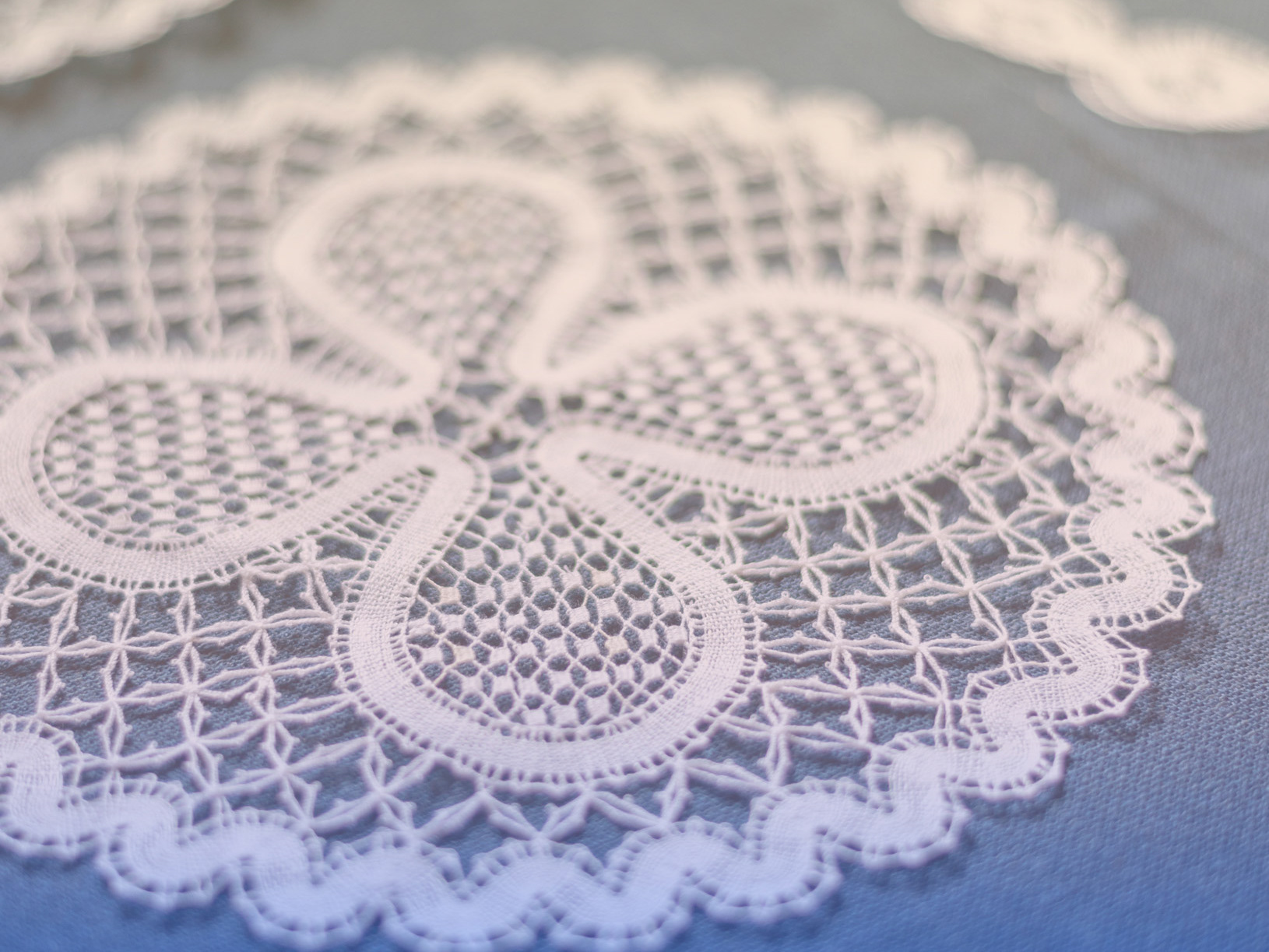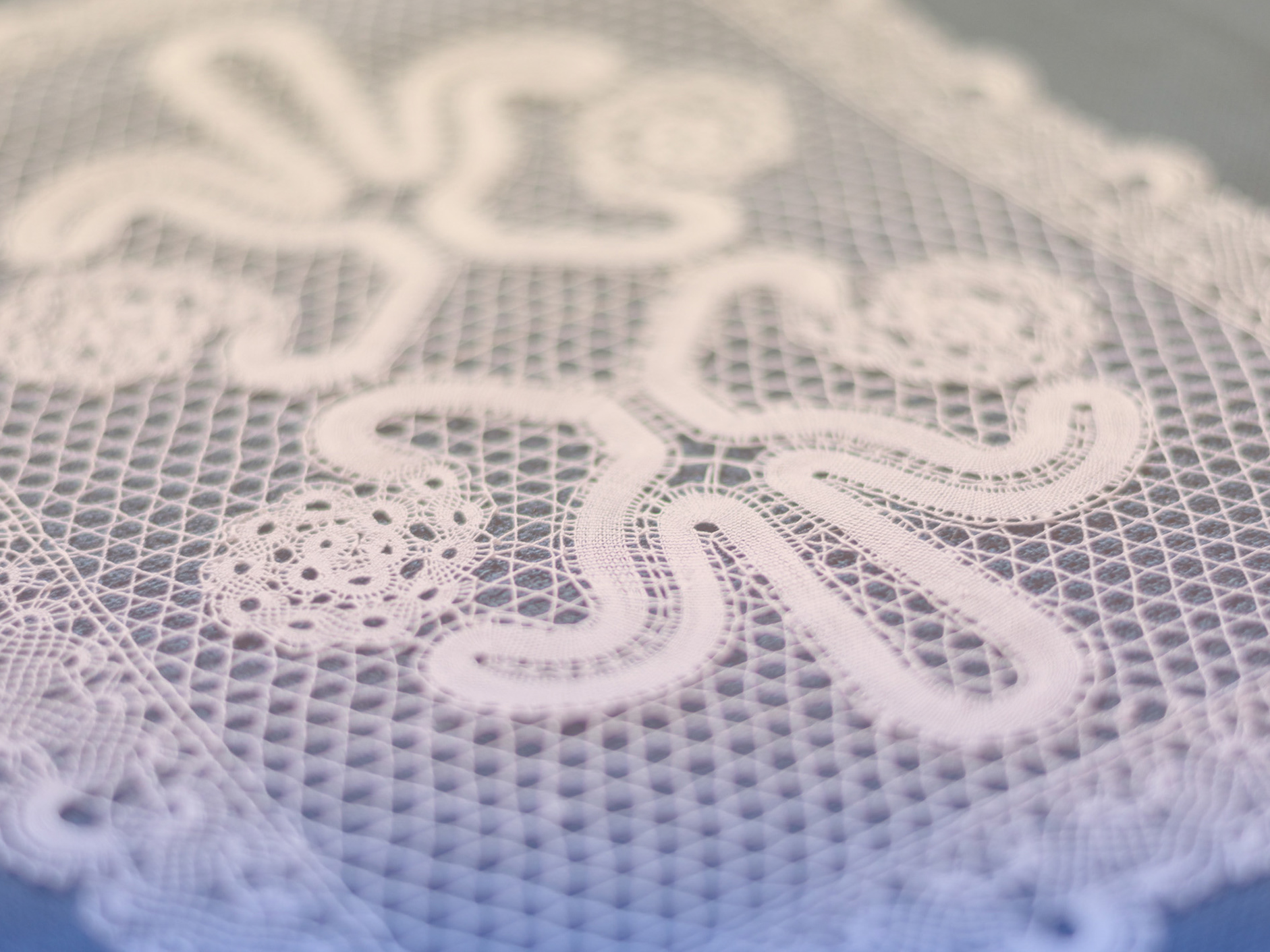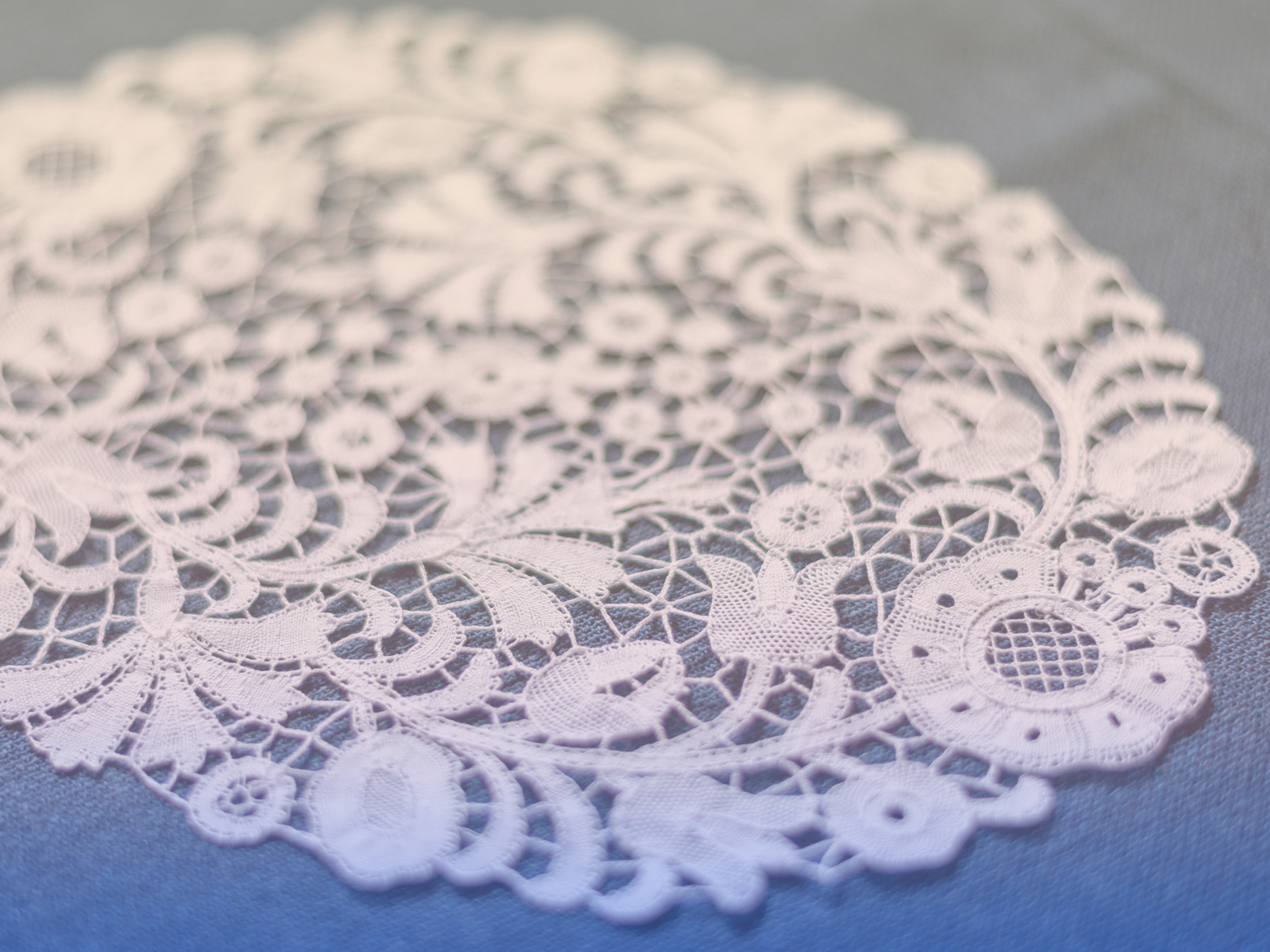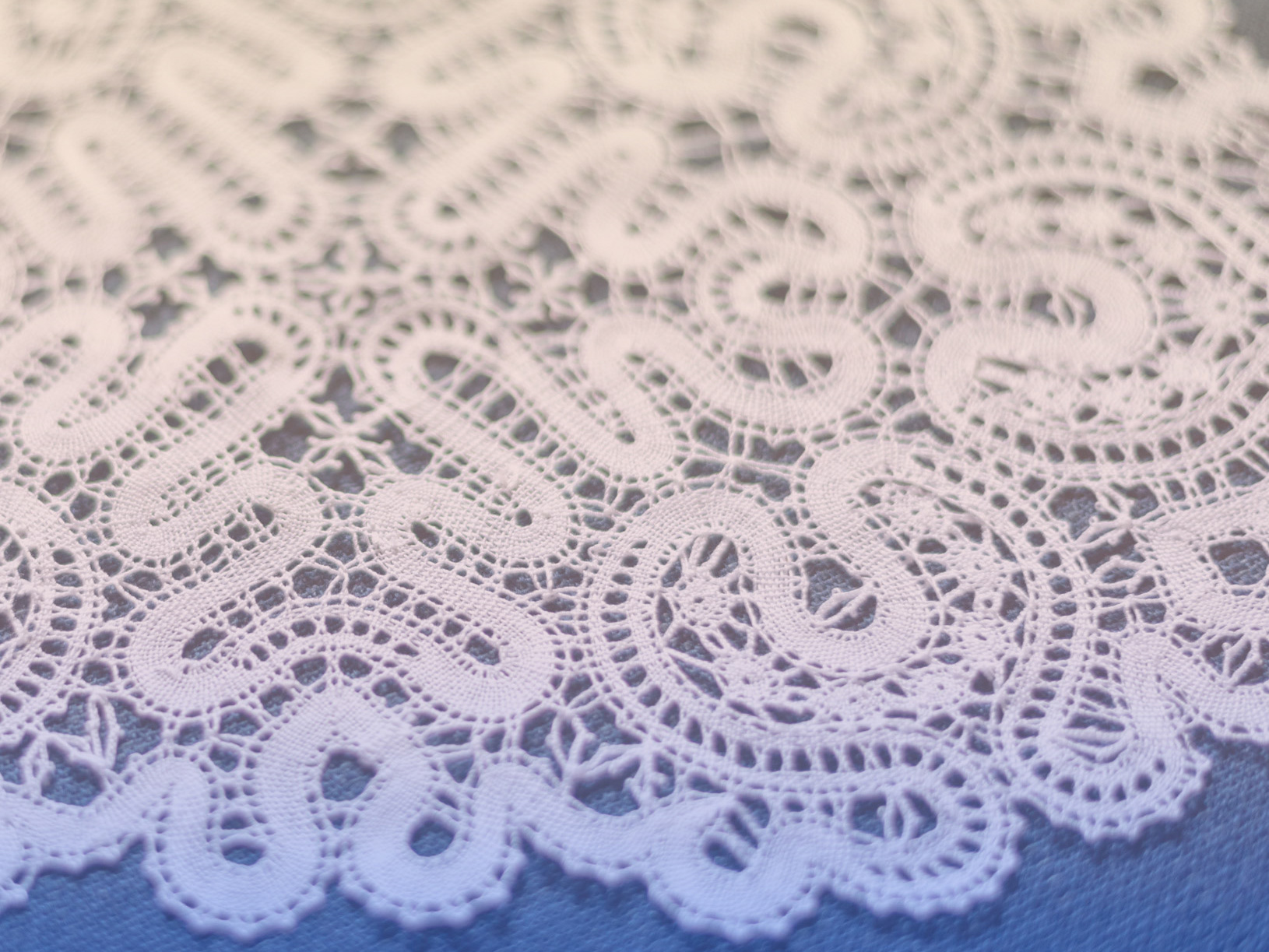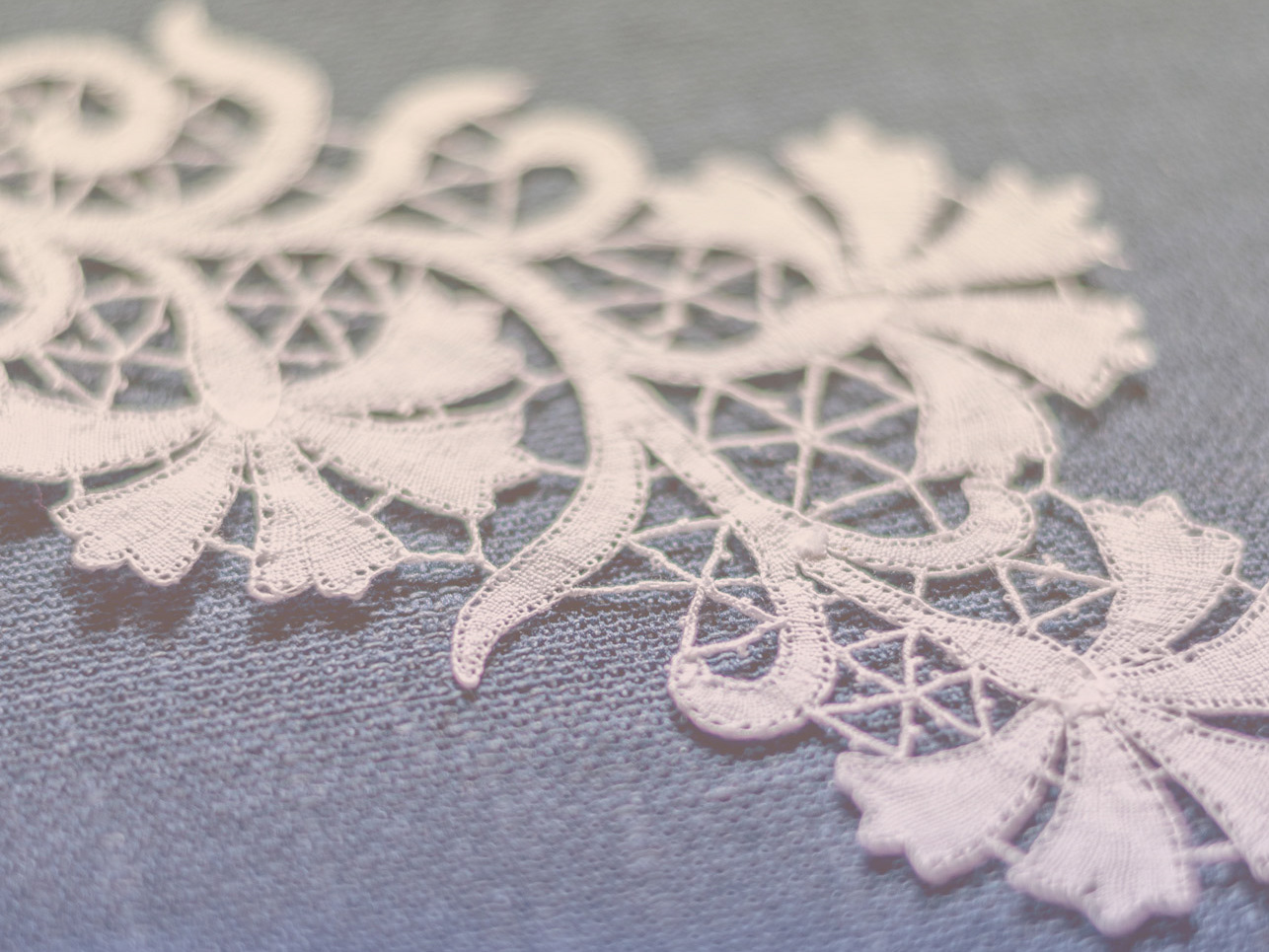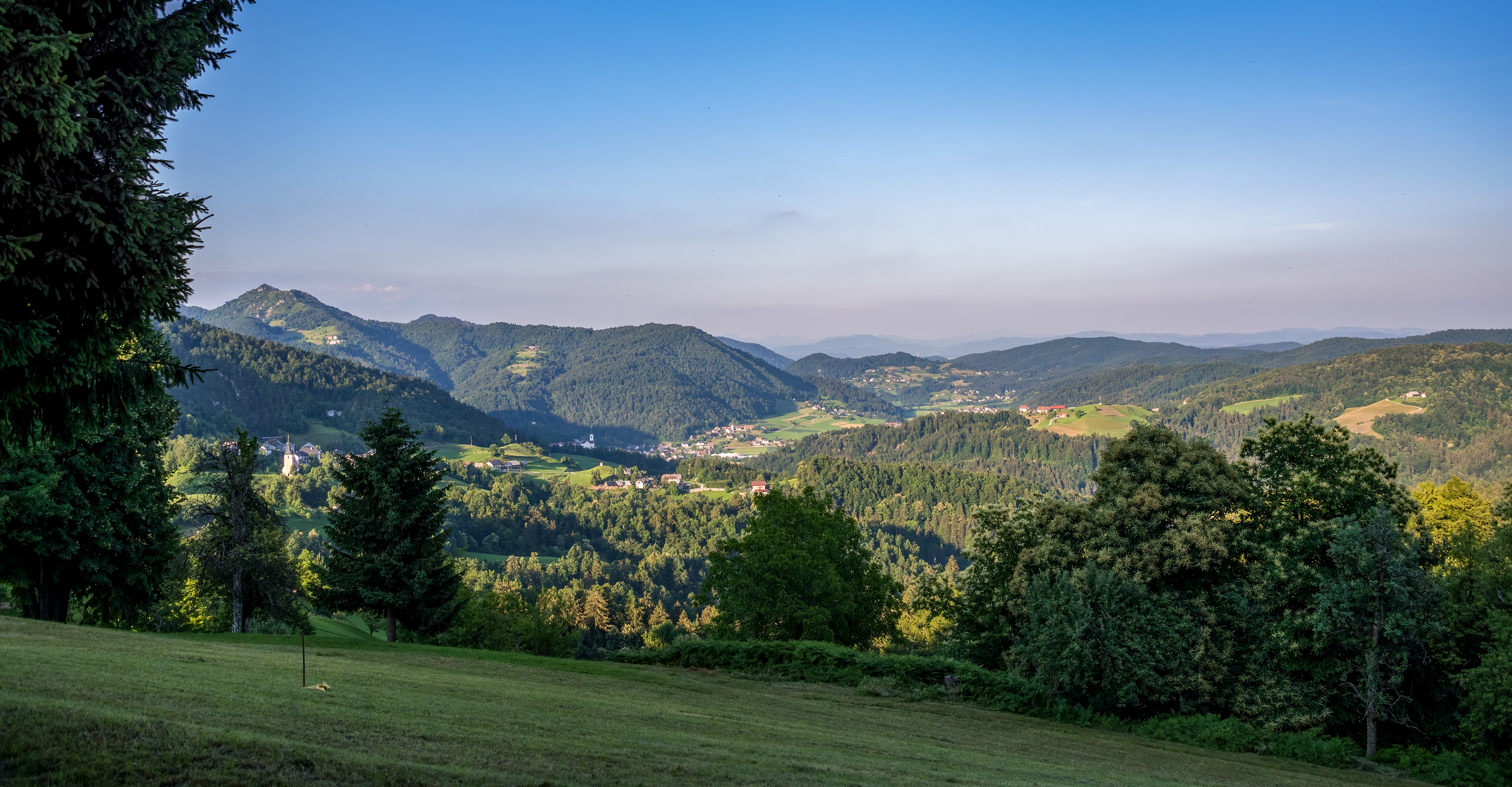
POLHOV GRADEC VALLEY
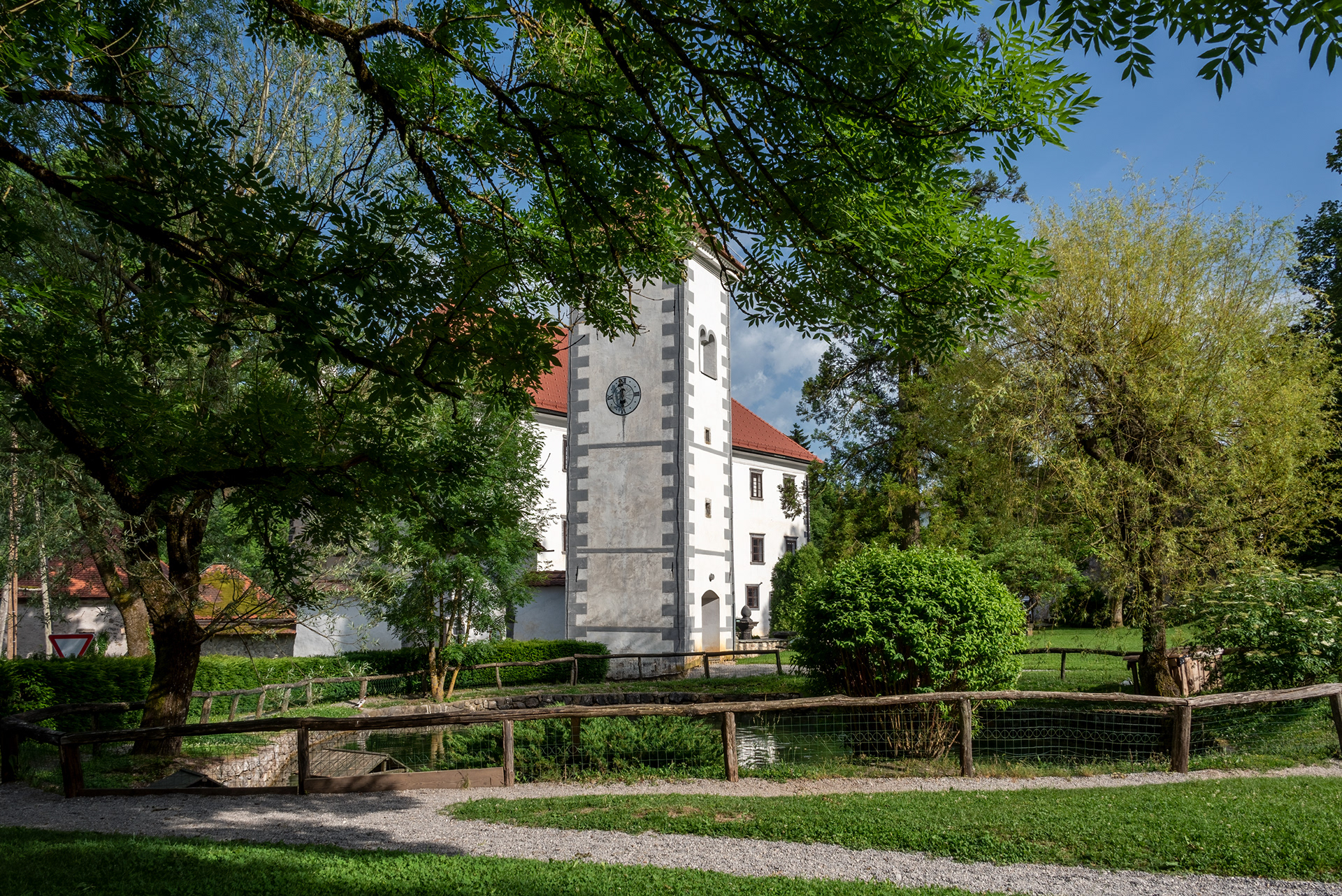
POLHOV GRADEC MANOR
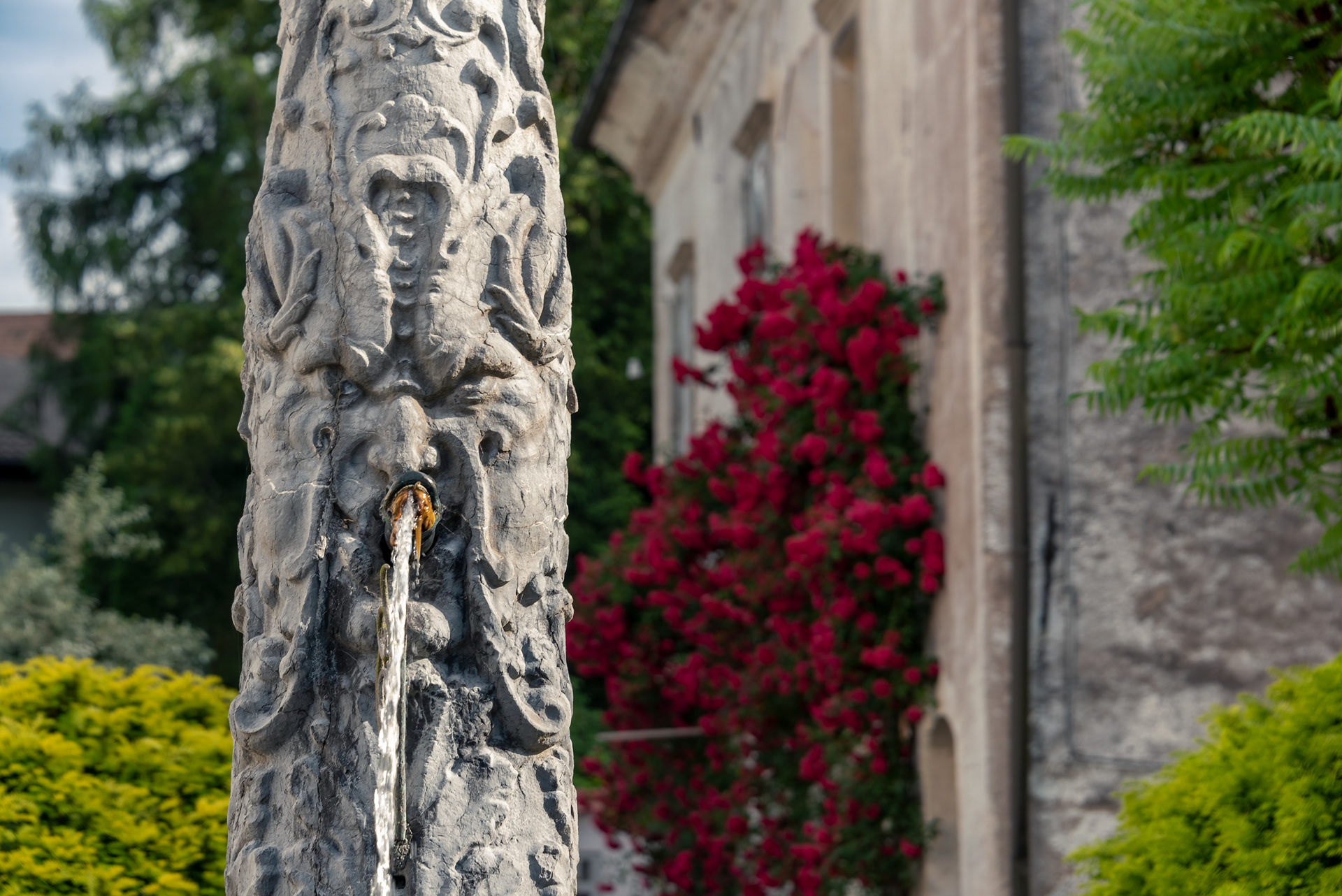
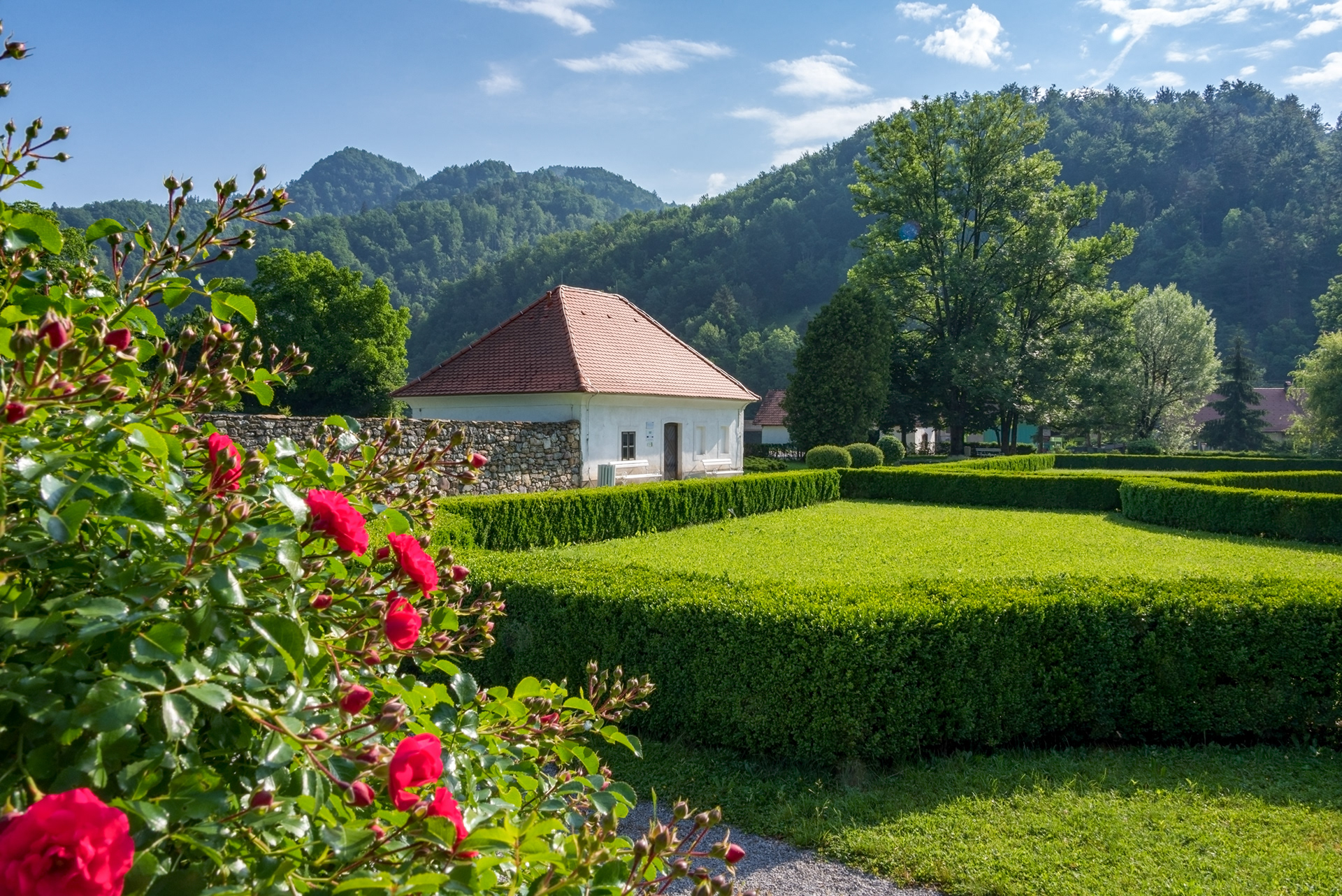
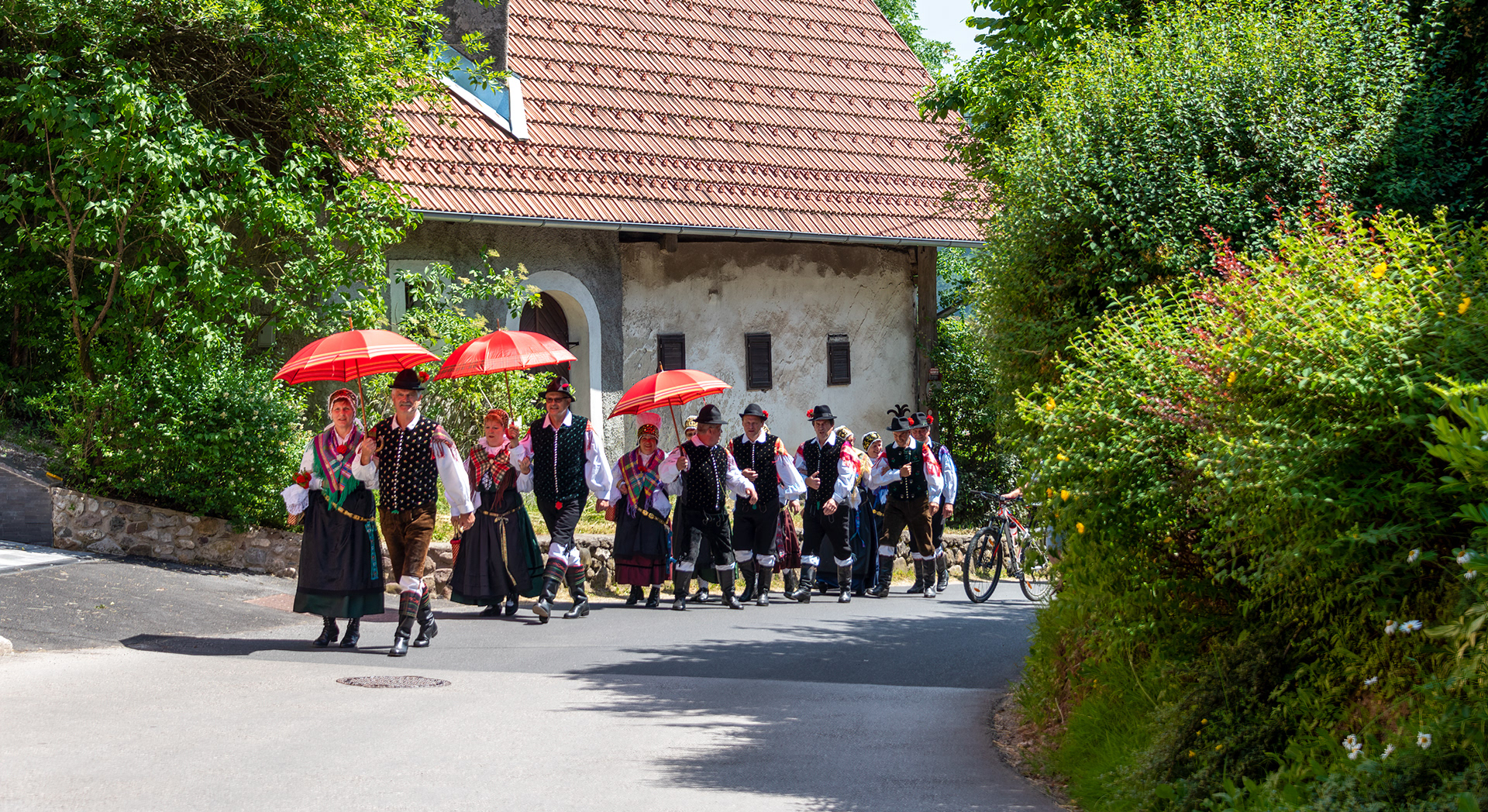
TRADITIONAL COSTUMES
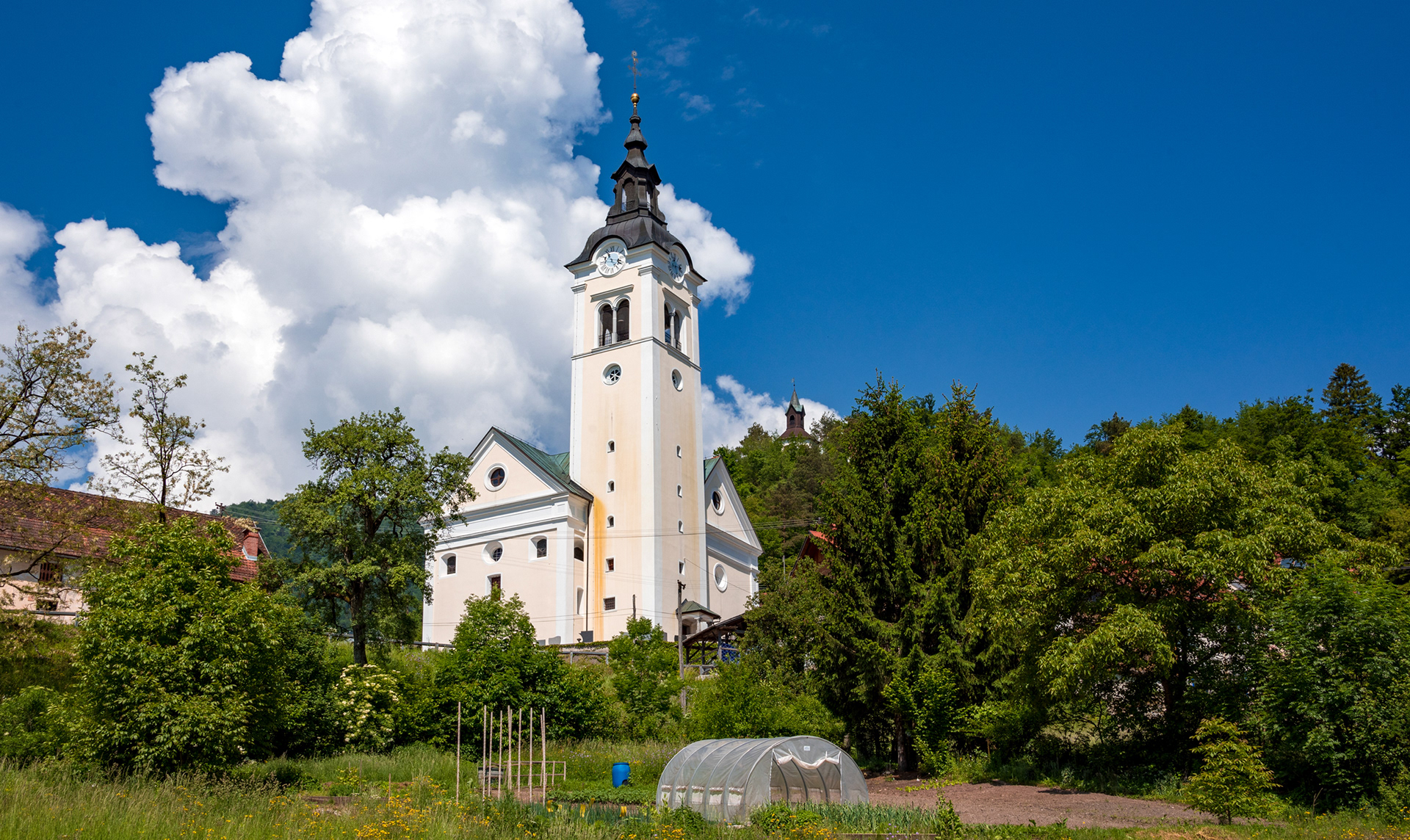
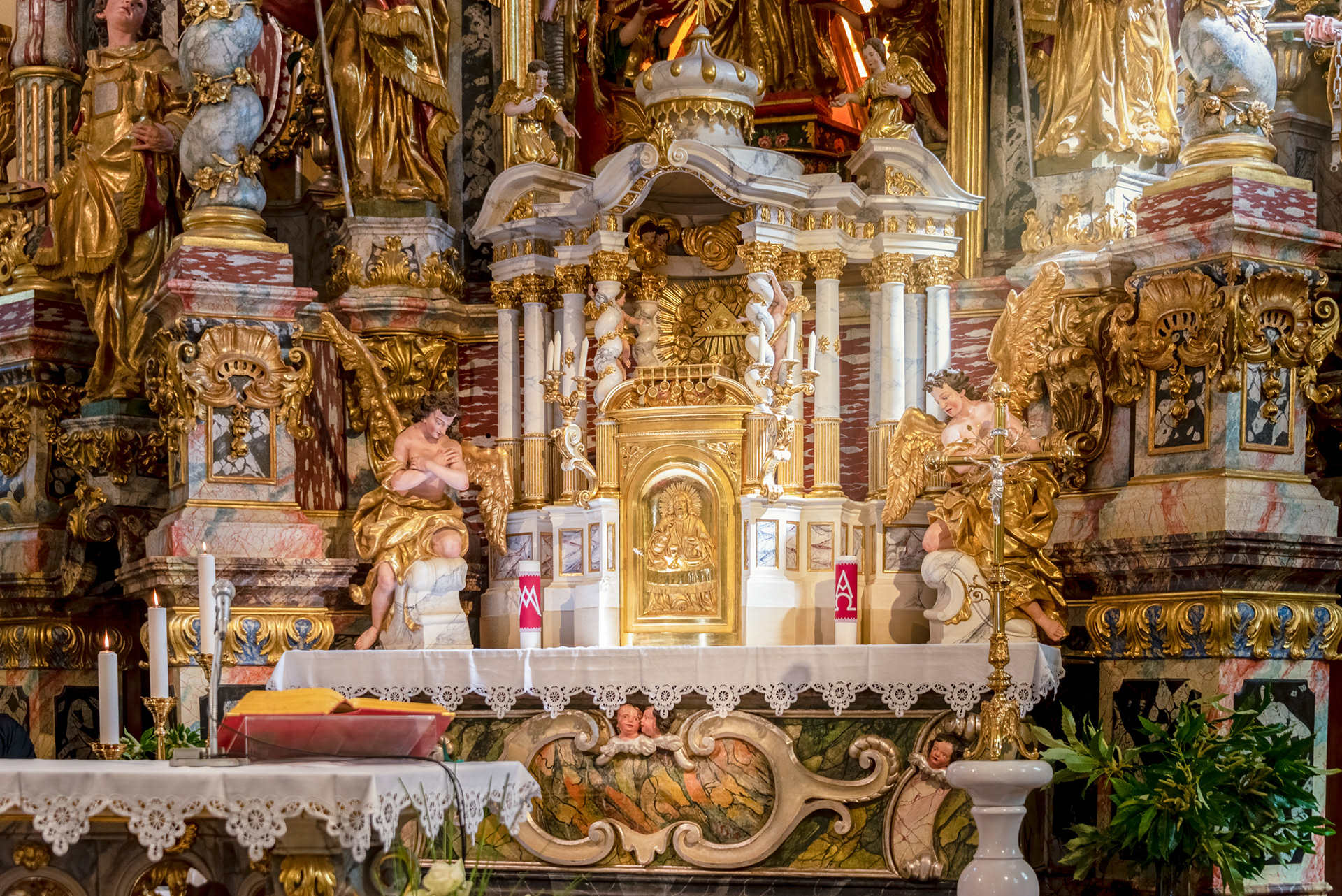
Our town of Polhov Gradec
It is my privilege to welcome you on our web page. My name is Tatjana Trontelj, and I am the Vice President of our local Lace Club. Polhov Gradec is a small village, but has a rich history. It is situated 16 km west from Ljubljana, Capital of Slovenia. The name of our village Polhov Gradec means Dormouse Castle - Dormouse as you know is a lovely small forest animal, resembling a squirrel. There is an old legend explaining the origin of the name.
History of our village dates back to the Roman age and excavations revealed some of the most beautiful artefacts of that period on the territory of our country. Polhov Gradec was the site of a Roman settlement and some fine pieces of art have been excavated from the remnants of a villa rustica.
The first known mention of the present settlement dates from the year 1261, 750 years ago.
There are two dominant buildings in the village. The first one is the Parish church, built between 1728 and 1736. In the year 2010 was finished 3 years long complete restoration of the main altar with 57 statues, dated in the year 1746, manufactured mainly by the local sculpting workshop of family Faccia. The altar is the muster piece of the baroque church art, the foremost creations of Slovenian baroque sculpture, the biggest wooden baroque gold altar in our country.
The second building is the castle of Polhov Gradec. The oldest castle building dated already in the 8th century. The present building was first mentioned in the year 1315. The castle of Polhov Gradec was the home of noble families for centuries. Members of the last family were closely connected to the local people, and were highly appreciated by them; the daughter of the last countess was a teacher in the village elementary school. But historically the most outstanding personality of Polhov Gradec, noble family, was Count Richard Ursini of Blagay (1786-1858).
He was even the first mayor of Polhov Gradec, specially noted for using Slovene language in communication with the German speaking authorities. He used best of contemporary agricultural knowledge and spread it among the local farmers. His special hobby was botanics. He is remembered for his discovery of a new species of a flower found on the mountain above his behind your back. He sent the plant to dr. Henrik Freyer, a botanist who was custodian of the Land Museum in Ljubljana. Dr. Freyer named the newly described flower after count Blagay as Daphne Blagayana.
In May 1838 the new flower was presented to Saxon King Friederich August II, himslef a dedicated botanist, who was on botanic tour in the south of Europe. He immediately decided to visit Polhov Gradec to see the flower by himself. Count Blagay erected a marble obelisk at the foot of the mountain 300 m from the castle to mark this special event.
Blagajka, daphne blagayana or king flower is one of two flowers protected by federal law already in 1898. This lovely flower the picture of which you can see in the ground hall of the castle, is a famous species of Slovenian flora, a rather rare plant, and is a symbol of Slovenian's nature conservation efforts.
Outside the castle, on the small south garden, you could see the statue of Count Blagay, made by the artist Edo Dolinar from the next village.
This delicate flower with strong, but lovely smell was later found in a few others places in Slovenia, as well as some mountains of former Yugoslavia, in Romania, Bulgaria and Greece. But the best known place ramains the mountain above Polhov Gradec.
The Castle was richly furnished until the end of World War II when the owner's family was forced to live their home. The castle was robbed of all valuables and demolished but fortunately not set on fire as many others during those days. During the following decades the castle almost collapsed, until some local people invested a lot of enthusiasm, time and effort to restore the building. Today the majority of the building is occupied by a Museum of Post and Telecommunications. There is a small local history museum, local library, and a salon used for marriages. In the first floor there is a room in which our club prepared the exhibition. In the same room one can see some old original castle items.
I must mention another special place in the castle. This is castle chapel, with a special ceiling. The altar painting was thought to have disappeared since end of war. However, the wife of the reconstruction architect incidentally discovered the painting in an office in Ljubljana, which is an incredible story. The chapel was renovated a couple of years ago and the painting has been put back to its original status.
Also some other imported persons were born, lived and worked in Polhov Gradec. Among others was one off the most priljubljen church composer Gregor Rihar (1796-1863), with fifteen books of his songs, Facia family, (middle of the 18th centaury).
In front of the castle there is a renovated fountain with the god Neptune in the centre and 4 nymphs (recorded in one old book before 1696 which is the date on the fountain), The park in front of the castle was until 60 years ago planted with many exotic trees and beautiful bushes and plants. Only two trees escaped destruction after the World War II - a big linden tree, because the vandals didn't have sufficiently big saw to cut it, and a cypress. Both are still living.
